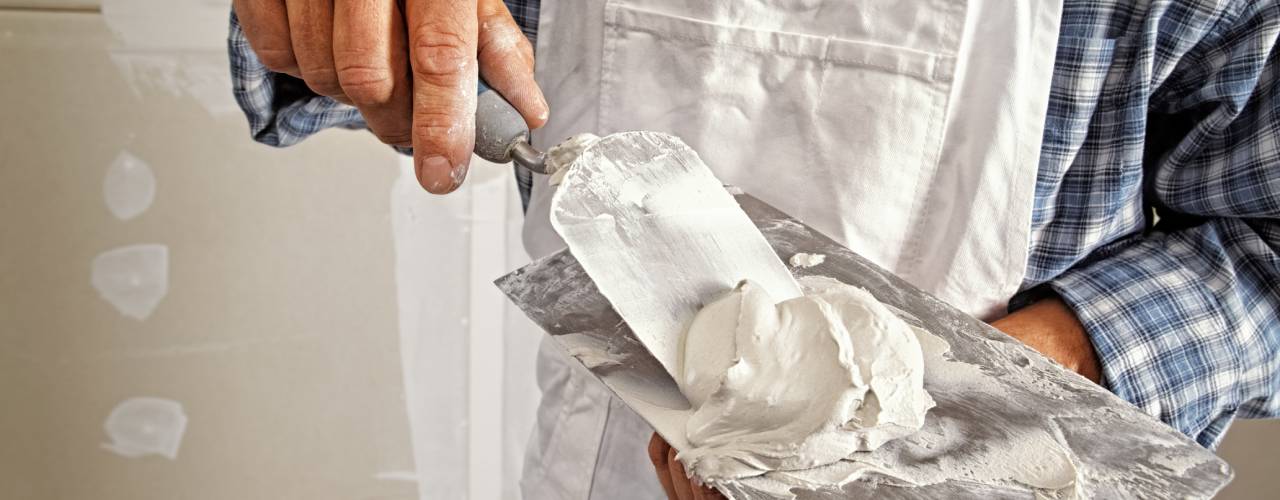When embarking on a construction or remodeling project, the selection of drywall is a critical decision that can influence the quality of your work. With a variety of types available, such as standard, moisture-resistant, and fire-rated drywall, understanding their unique properties can ensure the success of your project. Whether you’re a seasoned contractor or a DIY enthusiast, choosing the perfect drywall can save time, reduce costs, and enhance the durability and aesthetic of your spaces.
Assess Room Moisture Levels
There are a few places—such as bathrooms or kitchens with high humidity—where moisture- and mold-resistant options are a must. These types are perfect for withstanding damp environments and reducing the risk of mold and mildew development. Moisture-resistant drywall, also known as “green board,” has a special paper facing treated with water-repellent properties, making it a reliable choice for moisture-prone zones.
While moisture-resistant drywall protects against water damage, it’s not completely waterproof, so additional waterproofing measures may still be necessary for areas exposed to direct water contact.
Understand Drywall Types
Choosing the right drywall type involves understanding the specific needs of your project. Standard drywall or whiteboard is versatile and typically used for most interior walls and ceilings. It provides a smooth finish that you can easily paint or apply wallpaper to.
For projects requiring enhanced safety, fire-rated drywall is an excellent option. Type X drywall contains non-combustible fibers, which can slow the spread of flames, providing critical time for evacuation and minimizing damage in fire-prone areas.
Evaluate Thickness Requirements
When considering drywall thickness, you must align the choice with the specific demands of your project. Standard drywall typically comes in thicknesses of 1/4 inch, 1/2 inch, and 5/8 inch, each serving different purposes. The 1/4 inch drywall is ideal for curved surfaces or as a second layer over an existing wall, owing to its flexibility.
Workers often use 1/2 inch thickness for interior walls and ceilings due to its balance of durability and cost-effectiveness. When a project requires extra strength or soundproofing, the 5/8-inch drywall is best. This thicker option also helps in meeting code requirements for fire-rated applications.
Consider Soundproofing Needs
Along with your moisture- and fire-resistant options, you also have the option of using soundproofing drywall. This is the top choice for areas where noise control is paramount, such as home offices, music studios, or shared living areas.
This type of drywall combines layers of a clay, mica, and gypsum mixture with additional sound-absorbing materials, effectively reducing decibel levels and creating a quieter environment. When installing soundproof drywall, use complementary methods like acoustic sealants or resilient channel systems to further improve sound insulation.
Choosing the right drywall for your project can significantly influence the overall outcome, ensuring durability, safety, and comfort in your spaces. Remember, a well-chosen drywall enhances the aesthetic and functionality of your environment and contributes to the long-term success of your construction or remodeling efforts.





